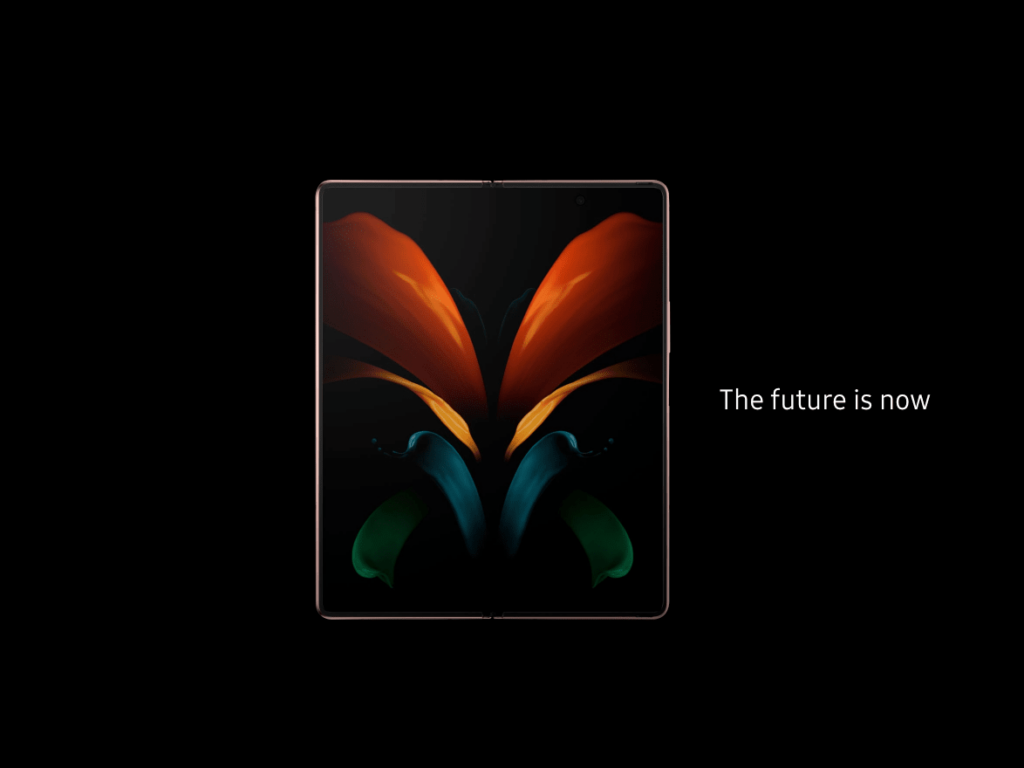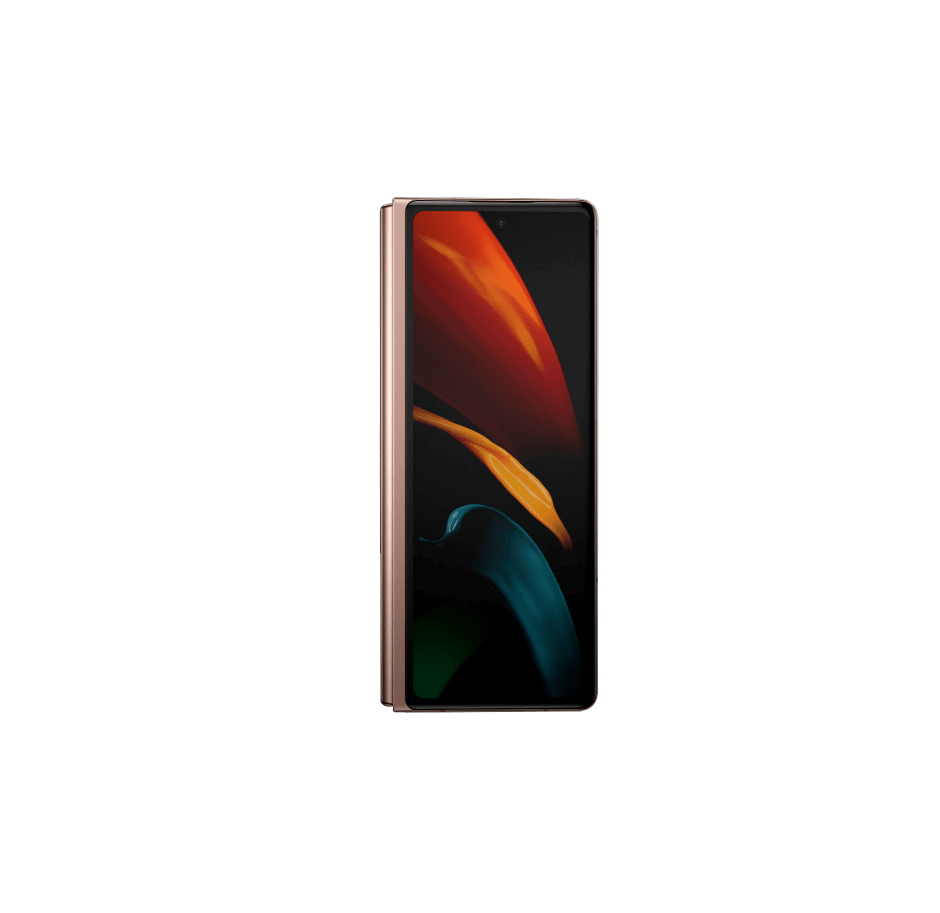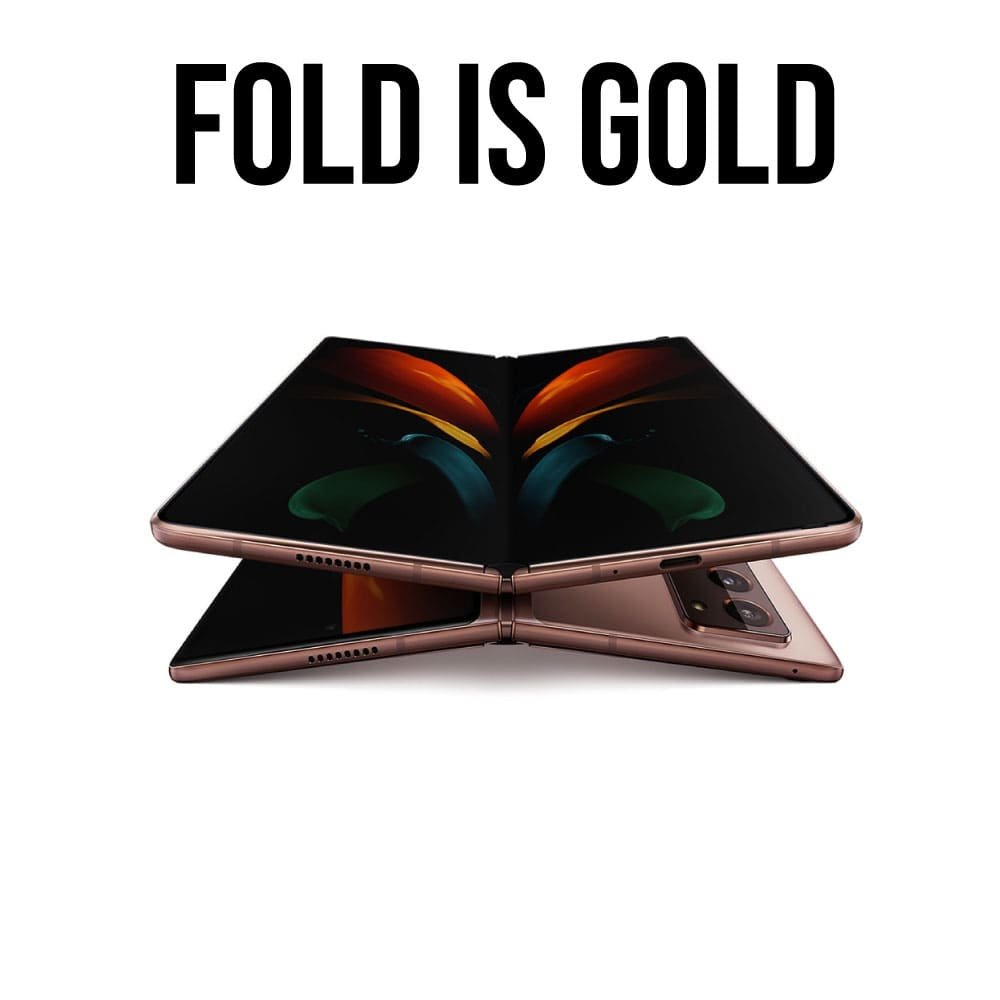When the first foldable phones came in late 2018 and early 2019, I made the wrong assumption of considering these phones are a narrow-niche restricted phone, with little to no scope of becoming mainstream devices. I was wrong and I couldn’t be happier to admit it. The Samsung Galaxy Fold 2 has changed my views, along with everyone else.
Samsung announced its next iteration of the folding wonder-phone, the Galaxy Z Fold 2, and this phone is good. Of course, I am talking about the first impression and I have no idea about its actual usage, but it is safe to say that this phone has gotten people excited.
And perhaps to avoid killing this excitement, Samsung decided to completely avoid talking about the pricing of the phone. Pre-orders begin on September 1 so that will be the date when Samsung says the “P-word”.
But before our hopes of buying the phone get shattered, let’s bask in the glory of this phone and see why the seemingly bleak future of truly foldable phones has just be revived and fast-tracked.
Galaxy Fold 2 specifications
The Unpacked event showed what the Galaxy Fold 2 looked like and how it was made. That’s it. I am not exaggerating, this is all we know about the Fold 2. Even on the official Samsung website, the Fold 2’s page has nothing substantial. But that’s not a problem.
Samsung is a brand that I can trust hardware-wise. If they make a phone that is more than $800, you can expect the latest and the greatest chipsets, GPUs, storage, etc. And considering the Fold as their new flagship (a folded flag?), it won’t lack raw power.
Where I feel ominous is the screen and the pursuit of numbers. In their event, Samsung said that the Fold 2 will have a 120-Hertz refresh rate screen. This means that the phone will not only be fast on paper but on usage as well. But where do the ominous feelings come from?
We’ve seen in previous Samsung phone and even on the Samsung Note 20 Ultra, there is a caveat with the super high refresh rate. If you want to use the coveted 120-Hz screen, you have to downgrade the screen resolution to the highly unlikable 1080p.
This applies to the Note series as well. Either use the 120-Hz screen at 1080p or the regular and bland 60-Hz at higher, much crisper resolutions. And this begs the question; why not give a higher resolution screen and a 90-Hz option? Other phones are doing that, but why must Samsung keep going for that larger number?
Since no specifications have been revealed, assuming anything about the Fold 2 would be wrong. But I do hope that Samsung lets us have a 90-Hz option with higher resolution (1536×2152), even if they have a 120-Hz and 1080p option (which I won’t be using). Imagine having a 7.6-inch screen with a 1080p resolution.

The great things about the Galaxy Fold 2
A major chunk of this article will be about all the great things of the Galaxy Fold 2 because it really is a great and innovative product (BTS said it as well, albeit very fast and weirdly). Let’s see what makes this phone better than the previous one (and from the other foldable phones).
The phone looks much better than the previous one. I did not buy the previous Fold, but I used it for weeks. Yes, once you get used to it, you appreciate the availability of a larger screen, but nothing about that phone justified the $2,000 price tag.
Yes, the phone folded, but is that all for two grand? As I took the phone in my hands, something more “unfolded”. The phone felt flimsy and cheap. Yes, a $2,000 phone felt cheap.
I attribute this cheapness to the use of thin plastic instead of glass for the screen. It was a necessity, a sort of tradeoff so that they could say, “Hey, you can fold this phone, now give us $2K”. That will change on this phone and I am certain that this phone will feel premium because the glass is back.
Samsung said that they are now using glass instead of plastic. This glass is called UTG (an acronym for Ultra-Thin Glass). UTG sounds more complicated and high-tech than “very thin glass”. And it really is.
The promotional video shows the use of the UTG layer, along with 4 more layers; Protective layer, panel, layer 1, and later 2. The amount of adhesive has also been adjusted to make the device thin. And it is thin, 6-mm when unfolded.
Keeping the device thin was necessary. You don’t want to keep a tall, thick slab in your pocket. From what I can see, they have really upped the game and competition for foldable phones. This is a great phone. Samsung started working on it way back in 2011 when the first Note phone came.
Durability was a big issue on the previous phone. If you don’t remember the fiasco, new Fold phones had their screen ripped, crack, etc. They called every unit back and the waiting period for the new ones was 5-months. This time, Samsung made the screen of the Fold 2 go through some intense testing, ranging from pressure folding, crack and scratch analysis, etc. They learned.
The secondary screen
My hate for the previous foldable phones was not just because of the gimmicky nature of the infant technology, it was the abysmally bad, unusable secondary screen that served while the fold was folded. It was bad.
The previous fold, or the Flip or the Moto’s foldable phone, you name it. Every phone had this barely usable tiny screen just to view the notifications. But what if I wanted to use the phone and all its features without opening this giant notebook? On the bus (buying the Fold automatically debars you from getting into the bus or public transport, but just for example). With Fold 2, things have changed.
The Galaxy Fold 2 has a 6.2-inch, edge-to-edge screen with the hole punch camera layout. Samsung said “you wanted to use the secondary screen? Here, you can use the entire phone without opening the phone ever”. And to that, I say; “Thanks Samsung for listening”.
Talking of hole-punch, the larger display now is free of that unsightly, terrible, asymmetrical notch. This just made me even more attracted to buying this phone. Hold tight, my dear wallet, sacrifices must be made.

Battery life
The first thing I see whenever a new phone is launched is the battery. I want to see the battery capacity to get an idea of how long the phone will last. I remember my time of testing some Nokia phones with really small batteries and the anxiety it gave me whenever I went out with less than 50% of battery life left.
The Galaxy Fold 2 has a 4,500-mAh battery which considering that the phone is just 6 mm thin, is impressive. Even without considering the dimension of the phone, having a larger battery is always relieving. I don’t care about the software optimization or processor efficiency, a larger battery is always welcome.
The Fold 2 will have a good, if not decent battery life. I know the phone has two screens and which screen you use affects battery life, but I think a day of heavy to moderate usage will still leave around 10-15% at the end of the day.
Read more
Why I hated Foldable phones back in the day
Hinge and durability of the phone
You type a lot on a keyboard, so the keys must be durable. You write a lot using a pen, so the pen must be long-lasting. What you’ll be doing a lot with the Fold 2 (other than showing it off to peasants and Apple fanboys) is folding it. So the hinge must be durable. Samsung claims that they have made it better than the previous one. Here’s how.
So they went back to the drawing board, trying to make a really great hinge that can allow multiple folding angles. So like the Galaxy Z Flip, the Fold 2 can be kept as a laptop, able to remain folded at obtuse or acute angles.
The hinge has a CAM mechanism along with more than 60 fine components that help it give a smooth folding experience. I am not going to pretend to know what these parts were, but boy it looked complicated. Along with multiple tiny parts, there’s a higher risk of failure. Especially due to dust.
To prevent that from happening, Samsung has added a tiny sweeper, which is made up of tiny bristles that moves when the Fold is folded and unfolded, getting rid of the dust particles from the crevices.
I genuinely enjoyed the part where they talked and showed about how they achieved and researched the CAM mechanism and the sweeper. I would love to see more technical bits from these videos rather than people talking about it like a stock video.
The price of being able to fold a phone
Not many people can have the privilege of folding their phones. And this privilege has a price tag. But you are not only paying for that fold, but you are also paying for the cardboard.
The price of the Galaxy Fold 2 would be around $2,000 to $2,300 USD. For UK, it’s going to be around £2,100 and for Australia, AUD 3,000-3,200. That’s definitely a high price and a small portion is just for a short experience.
When you buy the phone, you’re also buying the new box that opens from the middle, like a closet door. There is also a sleeve that covers the box. The box is redesigned to give a premium unboxing experience.
After making my own products and getting into the messy area of packing and shipping, I can tell you one thing. These boxes and packets add up to the overall cost. I may be wrong here, but I think the box costs them about $15 at least to make. $15 dollar is not that much but to sell a million phone, the cost adds up to $15 million. This is added to the product cost.
So why do they do it? Why not cut costs? Because it isn’t for the masses. It isn’t OnePlus or any other mid-tier phone. It’s like an exquisite wine, procured from the oldest and finest vineyards of France, not your average “two-buck-chuck”.
Samsung is targeting C-suite executives, the ones who run the big companies, etc. So they don’t want to hear about us common folks complaining about price increase due to the box. So try and get the money to get the Fold.
The Galaxy Fold 2 preorders begin 1st September. You can reserve a unit for yourself by registering. Click here to register.
The phone currently comes in two colors; Black and bronze. 5G availability will be limited to a few countries.
